-
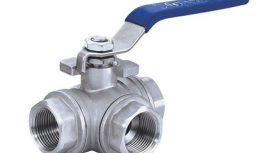
Ball Valve Seals Material Choice
The choice of a seal material for a ball valve is vital to its successful operation. In this post, we are going to look at some of the major characteristics of six commonly used options for polymer seals in ball valves. Here are some additional post on Polymer Seats and Sealing Solutions: ...Read More -
Guide on how to choose PTFE wire and cable ram extruder
Suitable equipment is essential to produce PTFE wire and cable. At present, there are mainly two types: mechanical type driven by screw rod and hydraulic type driven by hydraulic pressure, these two types each have advantages and disadvantages. PTFE is a plastic that is almost difficult to proces...Read More -
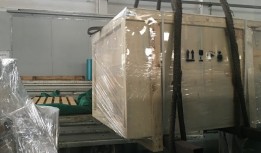
PFB150 Rod Extruder Had Been Shipped to Singapore Customer
Our loyal customer from Singapore ordered our equipment for the third time: 1 PFB150 rod machine and 2 automatic feeders Our loyal customer from Singapore ordered our equipment for the third time: 1 PFB150 rod machine and 2 automatic feedersRead More -
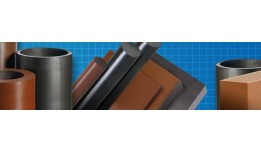
Polymer PTFE/FEP vs Vespel Machining
Vespel is the trademark of a range of durable high-performance polyimide-based plastics manufactured by DuPont.Polytetrafluoroethylene (PTFE) is a synthetic fluoropolymer of tetrafluoroethylene that has numerous applications. The best known brand name of PTFE-based formulas is polymer by Chemours...Read More -
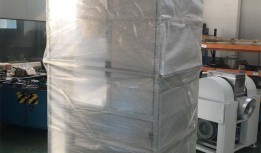
Polymer Ptfe Tube Extruder Ordered By Korea Customers Have Been Produced And Ready For Shipment.
Korea customers ordered a Polymer/PTFE extruder from our company. Korea customers ordered a Polymer/PTFE extruder from our company. Our extruder can produce PTFE rods/tubes Our PTFE/rod extruder has the following features: Vertical Ram Extruder for PTFE Tubes Ram extruding machine for...Read More -
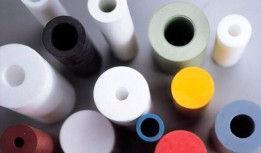
High Quality PTFE Tube
PTFE tube offers a low friction coefficient that can allow higher flows and easier washdown, helping to eliminate process-contaminating residue. Low permeation can enable use in severe chemical and specialty gas service. Also features a high dielectric strength and is inert to most chemicals and ...Read More

